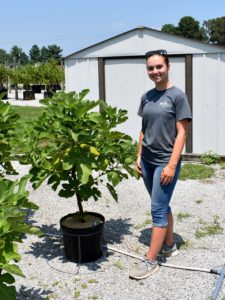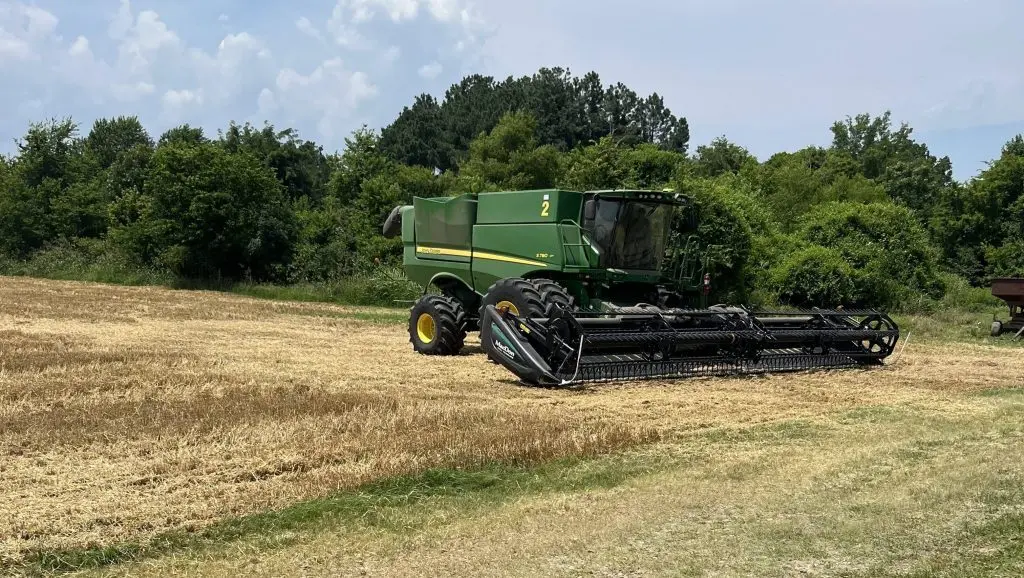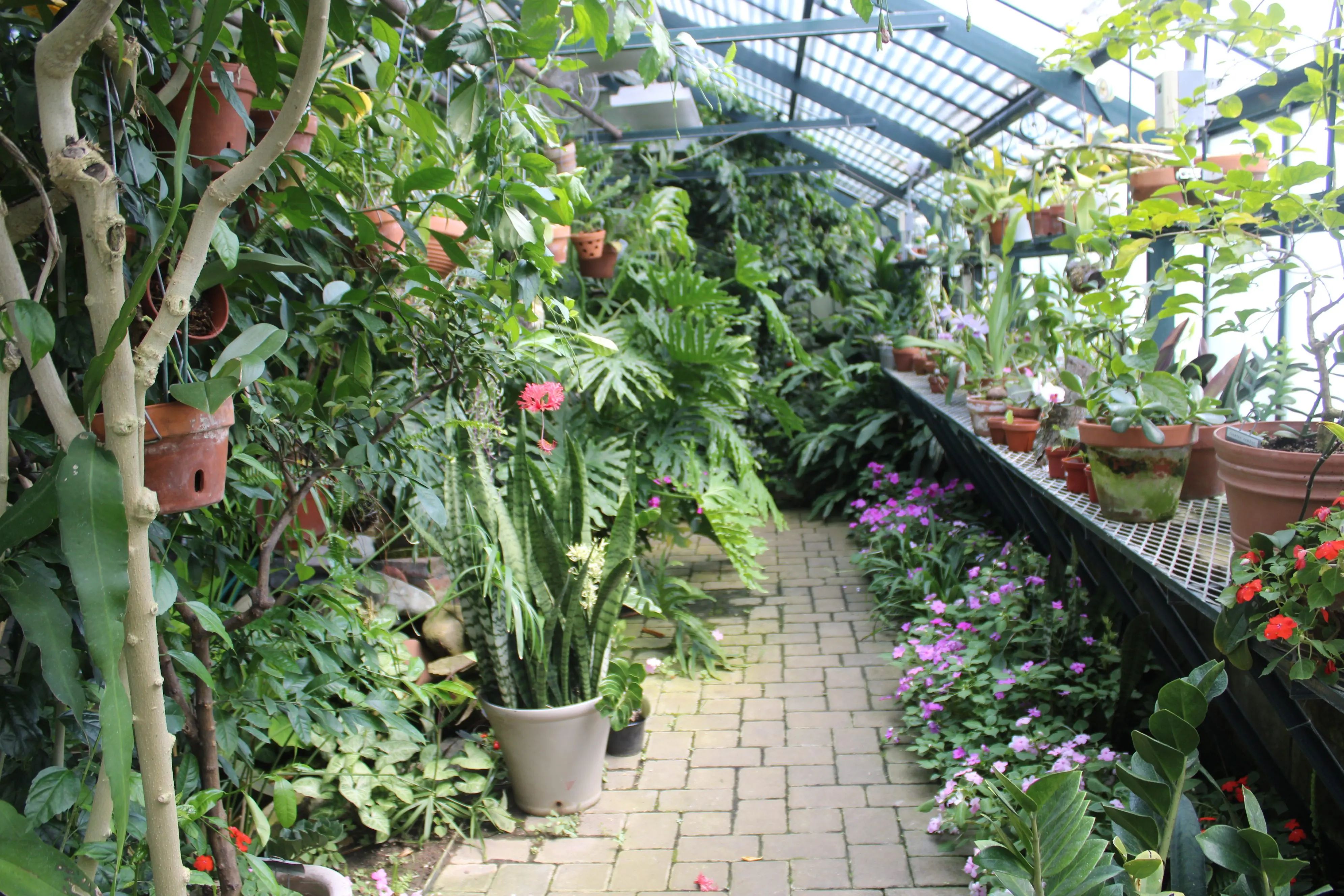While figs are normally associated with Mediterranean climates, a University of Kentucky College of Agriculture, Food and Environment researcher is showing that Kentucky homeowners may be able to grow them in the future.

Photo by Katie Pratt, UK Agricultural Communications Specialist
“Figs do not have the cold hardiness to withstand a Kentucky winter,” said Allie Maternowski, a UK horticulture research assistant. “At the research station, we are growing them in containers so we can easily transport them back inside during the wintertime. Eventually, this may be an option for some homeowners.”
Figs are a fruit that is growing in popularity as more Americans learn about their health benefits. Figs are a high fiber food and contain good amounts of calcium and potassium. These minerals can help lower blood pressure, increase bone density and aid digestion.

This is the second year Maternowski, a Hopkinsville native and Murray State University junior, has studied the feasibility of growing two fig cultivars under the guidance of Win Dunwell, UK extension horticulture professor. Maternowski is growing the cultivars, brown turkey and celeste, from cuttings in pots with different growing mediums at the UK Research and Education Center in Princeton. The cultivars grew as much as 3 feet and produced fruit during the first year and were beginning to set fruit in early August. Thus far, the brown turkey cultivar is setting more fruit than celeste. The growing mediums were pine bark and perlite mix and another group in pine bark and pro-mix. The perlite mixture keeps the trees from getting too wet and more like their dry natural climate.
If researchers continue to see success with the project, figs could become a welcome addition for Kentucky gardeners who enjoy eating fig preserves and having figs on their sandwiches.
“This is something homeowners can easily grow and share,” Maternowski said.
The next step for the researchers is to conduct a market analysis to determine the demand for figs in the state.
— Katie Pratt, UK College of Agriculture








